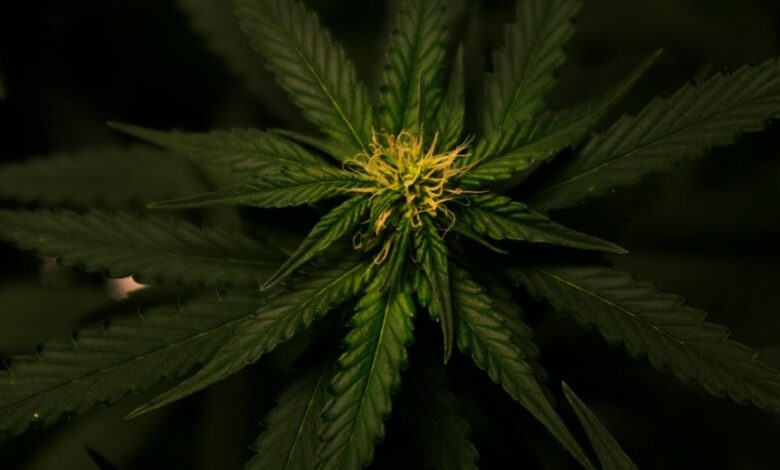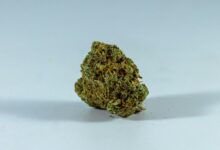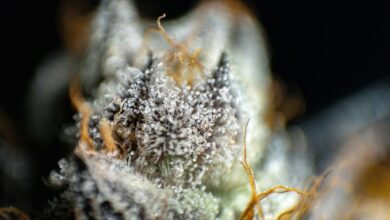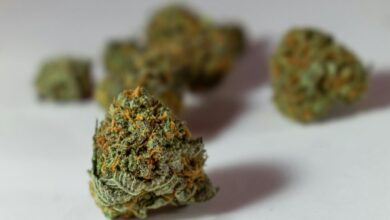Is Cbd and Hemp the Same

The distinction between CBD and hemp is often misunderstood. CBD, or cannabidiol, is a compound extracted from the hemp plant, which is a specific variety of Cannabis sativa. While hemp is primarily cultivated for its fibers, seeds, and oil, CBD is recognized for its potential therapeutic properties. Understanding these differences is crucial, as they highlight the unique roles each plays in agriculture and health. What implications do these distinctions have for various applications?
Understanding Hemp: The Source Plant
Although often confused with cannabis, hemp is a distinct variety of the Cannabis sativa plant species, characterized by its low levels of tetrahydrocannabinol (THC).
Hemp cultivation encompasses various hemp varieties, each selected for specific traits such as fiber strength or seed yield.
These characteristics enable hemp to serve diverse industrial and agricultural purposes, promoting sustainability and freedom in resource utilization.
What Is CBD?
Cannabidiol, commonly known as CBD, is a non-psychoactive compound found in the Cannabis sativa plant.
It is recognized for its potential therapeutic properties, offering various cbd benefits such as pain relief and anxiety reduction.
The legality of CBD varies by jurisdiction, reflecting evolving regulations that often differentiate it from other cannabis compounds, thus influencing its accessibility and use in health and wellness applications.
Key Differences Between CBD and Hemp
Understanding the distinctions between CBD and hemp is crucial for navigating the complexities of cannabis-related products.
CBD, a compound derived from hemp, offers various therapeutic cbd benefits, whereas hemp itself serves as a versatile agricultural crop, primarily cultivated for its fibers, seeds, and oil.
This differentiation underscores the unique roles each plays in the broader context of hemp cultivation and its applications.
The Diverse Uses of Hemp Beyond CBD
Hemp's applications extend far beyond its association with CBD, showcasing its versatility as an agricultural commodity.
This plant serves as a critical resource in the production of hemp textiles, which exhibit durability and biodegradability.
Additionally, hemp construction offers sustainable alternatives for building materials, promoting eco-friendly practices.
These diverse uses underscore hemp's potential in fostering innovation and sustainability across various industries.
Conclusion
In the intricate tapestry of the Cannabis sativa plant, hemp and CBD emerge as distinct threads, each woven with unique properties and purposes. Hemp stands as a resilient bastion of agricultural versatility, while CBD glimmers as a beacon of potential health benefits. Understanding their differences illuminates the path toward informed choices in both sustainability and wellness, ensuring that individuals can navigate the verdant landscape of cannabis with clarity and purpose, uniting nature's gifts with human ingenuity.





